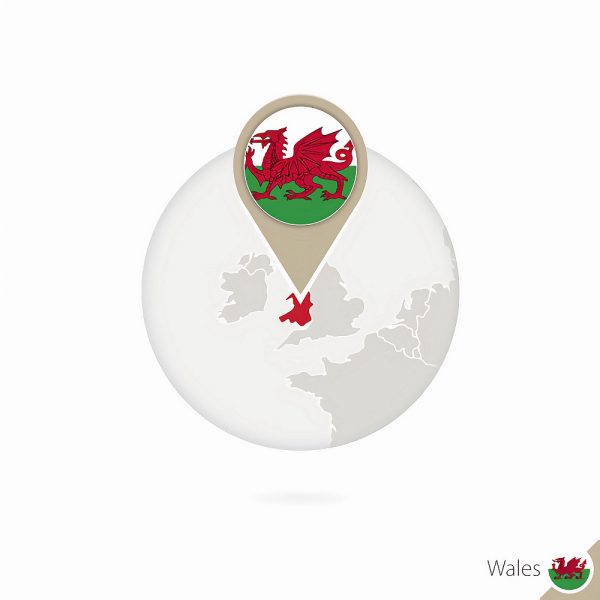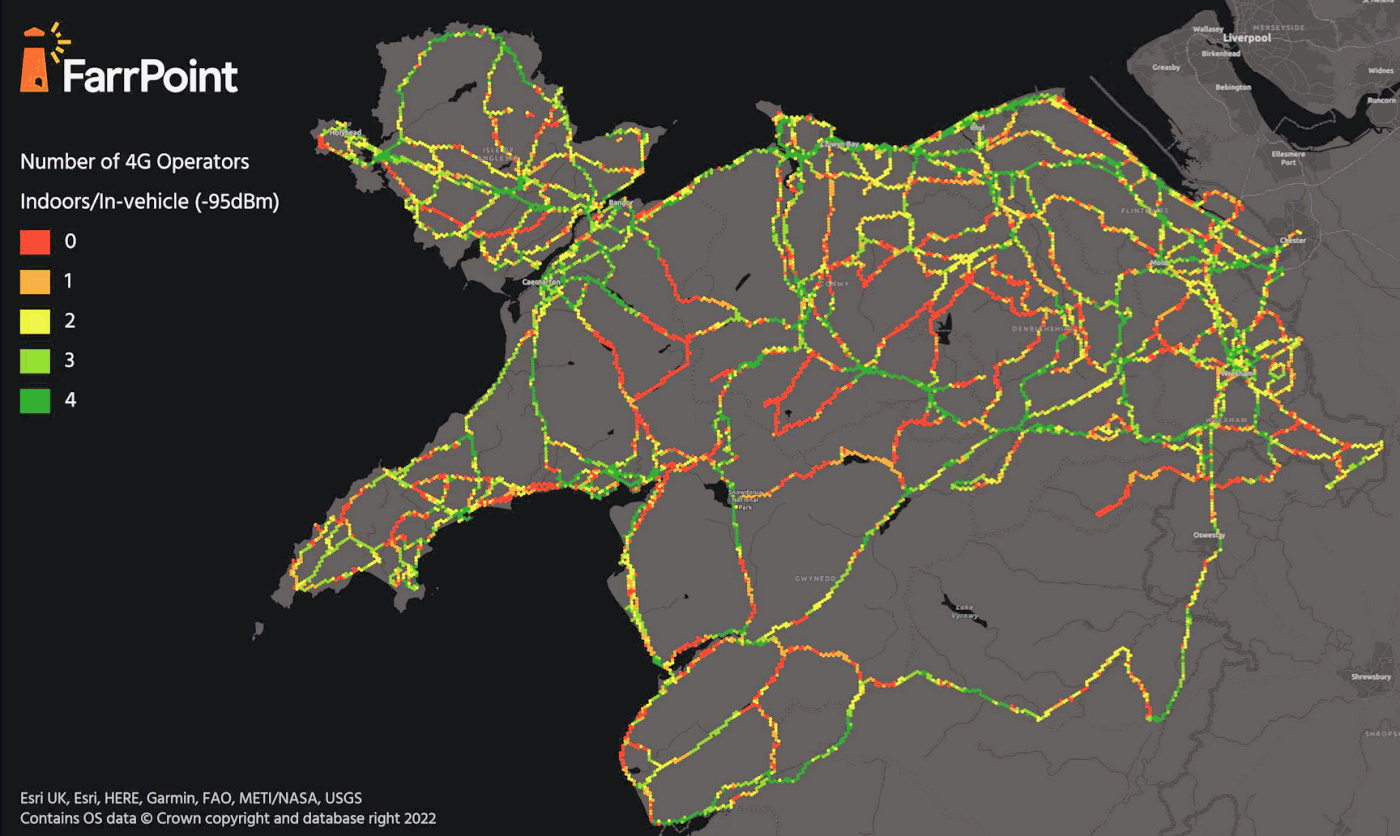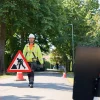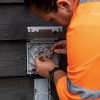4G Mobile Cover Across Main Transport Routes in North Wales UPDATE

Ambition North Wales, which is a partnership comprising the six Local Authorities in the region and several Universities, has worked with UK consultancy firm FarrPoint to conduct a survey that measured 4G mobile (mobile broadband) coverage across the region’s main transport routes. Suffice to say, there are some problem areas.
The survey follows a 2021 consultation with regional industry representatives, who stated that inconsistent 4G connectivity on transport networks is affecting economic activity in the region, including tourism and transport operations. In response, Ambition North Wales undertook a project with FarrPoint that attempted to measure 4G connectivity along the region’s A and B roads, as well as its rail network.
We should point out that this work used Ofcom’s stated threshold for delivering a “good quality of experience to consumers” on the 4G network. This is the signal strength required to, at a “minimum“, deliver a 98% probability of making a 90-second telephone call successfully. In the case of 4G specifically, the definition also includes a 95% chance of getting a download speed of at least 2Mbps.
Advertisement
The results of the survey found the following:
(Indoor/In-vehicle) coverage on A roads:
· A good quality indoor/in-vehicle 4G service was recorded from one or more operators on 75% of A roads in the region· A good quality indoor/in-vehicle 4G service was recorded from three or more operators on 28% of A roads
· A good quality indoor/in-vehicle 4G service was recorded from all four operators on 10% of A roads
(In carriage) coverage on train routes:
· A good quality in-carriage 4G service was recorded from one or more operators on 56% of the rail network surveyed· A good quality in-carriage 4G service was recorded from three or more operators on 43% of the rail network surveyed
· A good quality in-carriage 4G service was recorded from all four operators on 18% of the rail network surveyed
Admittedly, we find ourselves wishing that they could supply these results as a visualised map (something FarrPoint are usually good at), but for the time being the limited results above will have to suffice. The findings will provide valuable evidence for Ambition North Wales to consider which areas require Growth Deal funding for any future improvements to digital connectivity.
Stuart Whitfield, Digital Programme Manager for Ambition North Wales, said:
“The results from the mobile survey will help us make informed decisions on where to direct investment for improving mobile connectivity within our region. It is important that decisions are supported with strong independent evidence of need, allowing us to see which areas lack coverage.
Whilst 4G coverage is relatively good in some parts of North Wales, elsewhere it remains an issue for residents, businesses and visitors to the region. Along with the UK government’s wider Shared Rural Network project, Ambition North Wales aims to improve mobile coverage on our transport networks as a priority through the Growth Deal.”
The alternative to this would often be to use carrier data and predicted modelling, which has a tendency to be over-optimistic about signal quality and can be inaccurate. One other option they could have used is to look at crowdsourced data from the likes of nPerf and Opensignal, but this is subject to a variety of other caveats.
UPDATE 11:10am
We’ve kindly been furnished with a map to help visualise the performance.
Advertisement

Mark is a professional technology writer, IT consultant and computer engineer from Dorset (England), he also founded ISPreview in 1999 and enjoys analysing the latest telecoms and broadband developments. Find me on X (Twitter), Mastodon, Facebook, BlueSky, Threads.net and Linkedin.
« Consumers Want End to Mid-Contract Broadband and Mobile Price Hikes






















































It’s not just a map that would be useful, it would be great to know which 2 networks fall within the 75% of A road coverage, and which networks bring the figure down to 28% and 10% for 3 and 4 networks coverage.
Agreed.
It might well be that it’s a blend of networks; given the network hardware sharing agreements (typically between o2/Vodafone and Three/EE), it might well be that in one place you’ve got great service from V/o2, and in another you’ve got great service from 3/EE.
Note, these agreements are being unwound in a fair few places, particularly city centres. But A-roads running through Wales might well be where this still exists.
Certainly though, these figures track with my experience when driving through Wales. The signal is flickery, that’s for sure!
Norfolk did a similar survey a couple of years ago
A 95% chance of a 2Mbps signal isn’t much use when a full IOS download is 3.1Gb. That would require 25 minutes of solid coverage.
So you are downloading and upgrading your iPhone while driving in Wales? I am sure their constabularies would like to have a word.
In all seriousness it isn’t about that, it is about receiving real time updates to your Satnav routing and being able to call in the event of breakdown or an emergency.
This demonstrates that Not-Spots remain a major problem in North Wales – and bear in mind that these results are on the main transport routes – so coverage in the more remote areas is going to much worse that this.